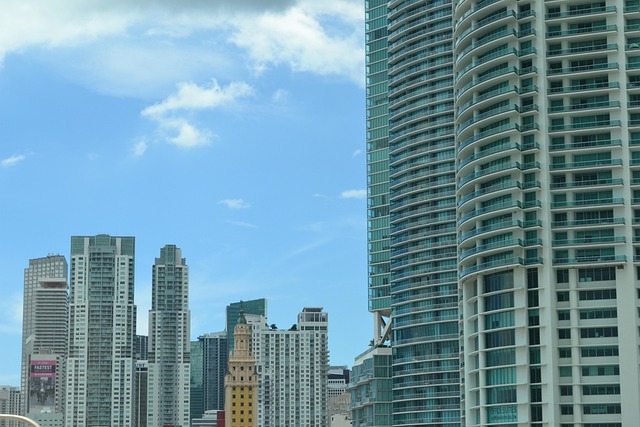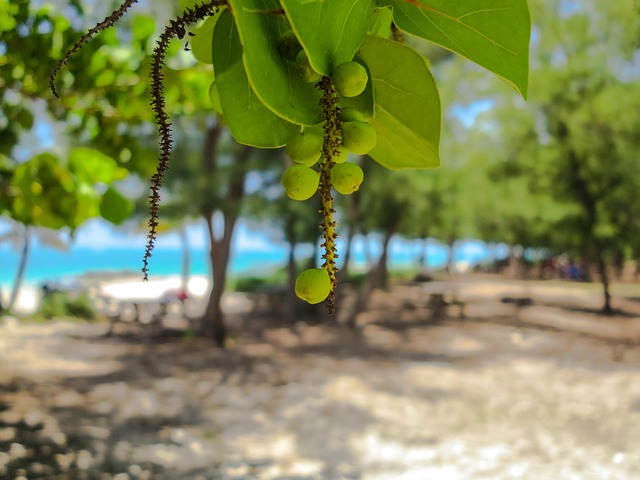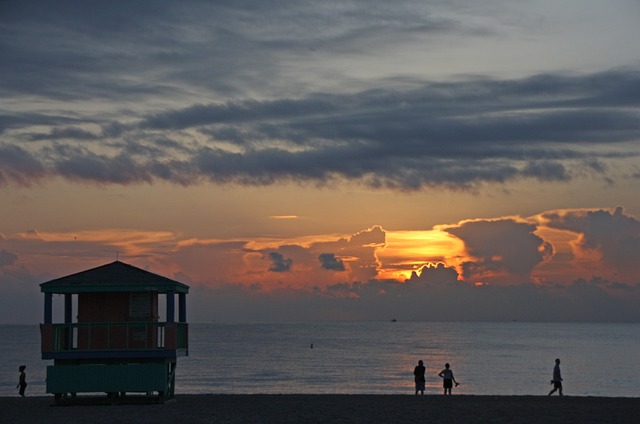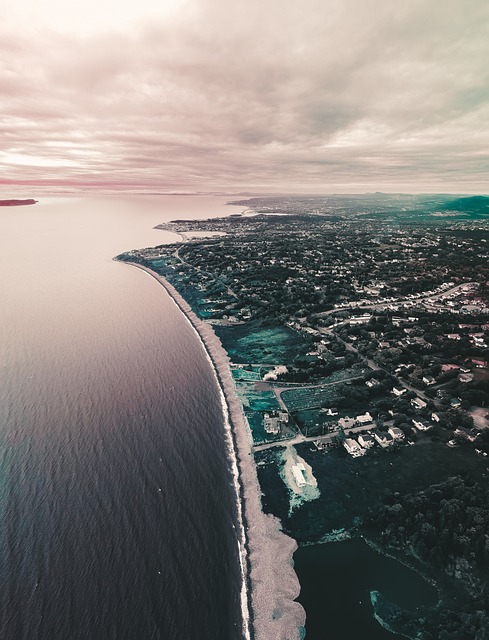Copper mining has driven Globe, Arizona's history and economic development since the 19th century, shaping its cultural landscape and real estate market. While past practices caused environmental issues, the town's historic mines now offer opportunities for sustainable, heritage-focused real estate development, blending old and new while preserving local pride and character.
“Uncover the rich history of copper mining near Globe, Arizona, where the region’s past is intertwined with its present. This article delves into the historical overview of copper mining in the area, exploring its environmental and cultural impact over time. From the bustling mining towns to the remnants left behind, we analyze the evolving landscape. Additionally, we examine the current real estate scene, highlighting opportunities and considerations for future development while preserving the region’s unique heritage.”
A Historical Overview of Copper Mining in the Globe Area
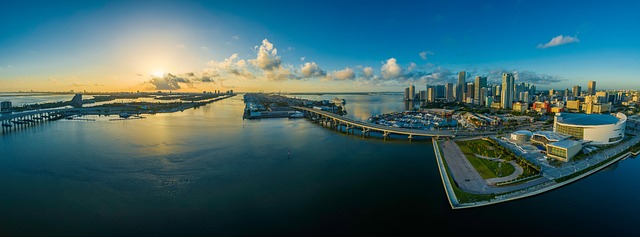
Copper mining has played a significant role in shaping the history and economy of the Globe area. The region’s rich mineral deposits attracted early settlers, leading to the establishment of several mines in the 19th century. These early efforts laid the groundwork for what would become a thriving copper industry, making Globe one of the key mining hubs in Arizona. Over time, the town evolved, with its downtown area reflecting the cultural and architectural influences of this prosperous era.
The historical significance of copper mining in Globe extends beyond economic impact. The mines attracted diverse communities, contributing to the region’s rich cultural heritage. Many old-time residents can recall the bustling streets filled with miners, merchants, and their families. Today, the legacy of these mining operations is evident in the local Real Estate market, with historical properties and sites drawing both locals and visitors interested in exploring this vibrant chapter of Arizona’s past.
The Environmental and Cultural Impact of Past Mining Practices

The history of copper mining in and around Globe, Arizona, has left an indelible mark on both the region’s environmental landscape and its cultural heritage. Past mining practices, while driving economic growth and shaping the local identity, have also resulted in significant ecological and social consequences. The once-bustling mines and their associated activities have contributed to substantial changes in the natural surroundings, including altered river flows, soil contamination, and habitat destruction. These impacts have had far-reaching effects on the local ecosystem, affecting plant and animal diversity and disrupting the delicate balance of the region’s biodiversity.
Moreover, the cultural tapestry of Globe has been woven with the threads of mining history. The presence of mines attracted diverse communities, each contributing to the vibrant mix of cultures that developed in this small town. However, as mining operations scaled back or ceased, these communities faced challenges related to economic shifts and changing demographics. The legacy of mining remains evident in the remnants of old townsites, abandoned structures, and historic sites, which serve as both a reminder of the past and a potential draw for real estate development interested in preserving this unique cultural heritage.
Present-Day Real Estate Landscape: Opportunities and Considerations for Future Development
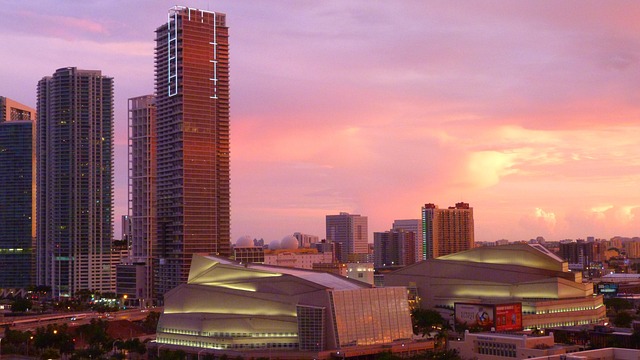
The historic copper mining sites near Globe, Arizona, have left a lasting impact on the region’s landscape and heritage. Today, this rich mining history presents unique opportunities for real estate development while also presenting certain considerations that must be addressed. The area boasts a vibrant and diverse real estate landscape, attracting those seeking a blend of tranquility and accessibility. With many historic properties available, there is scope to create distinctive residential communities, blending old and new.
Future developments should consider the region’s ecological sensitivity and cultural significance. Preserving and restoring historic structures can become flagship features, drawing tourists and fostering local pride. Additionally, sustainable practices and innovative designs that harmonize with the environment are essential. The real estate market here offers a chance to create distinctive, historically informed spaces while ensuring responsible growth that respects the area’s unique character.
